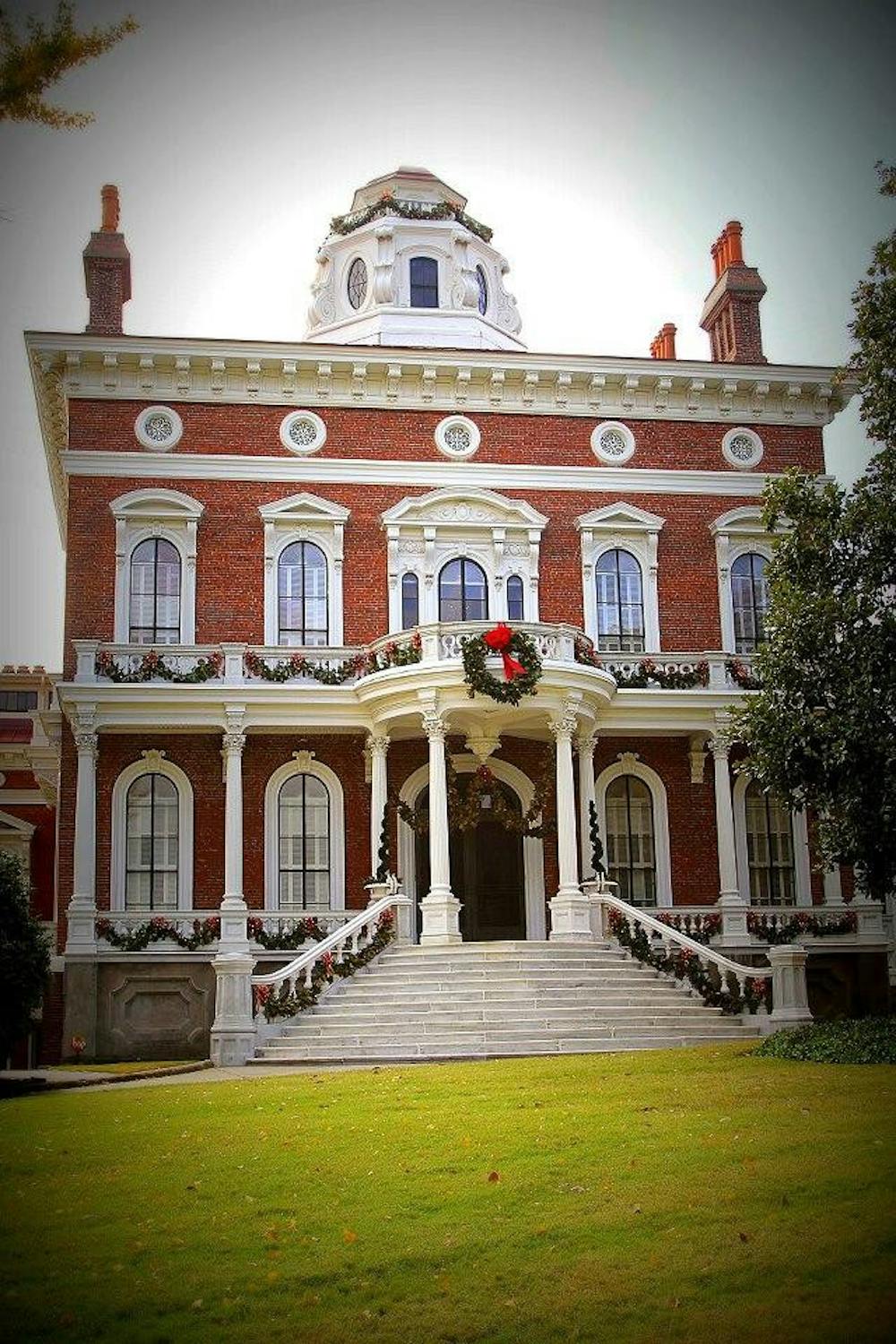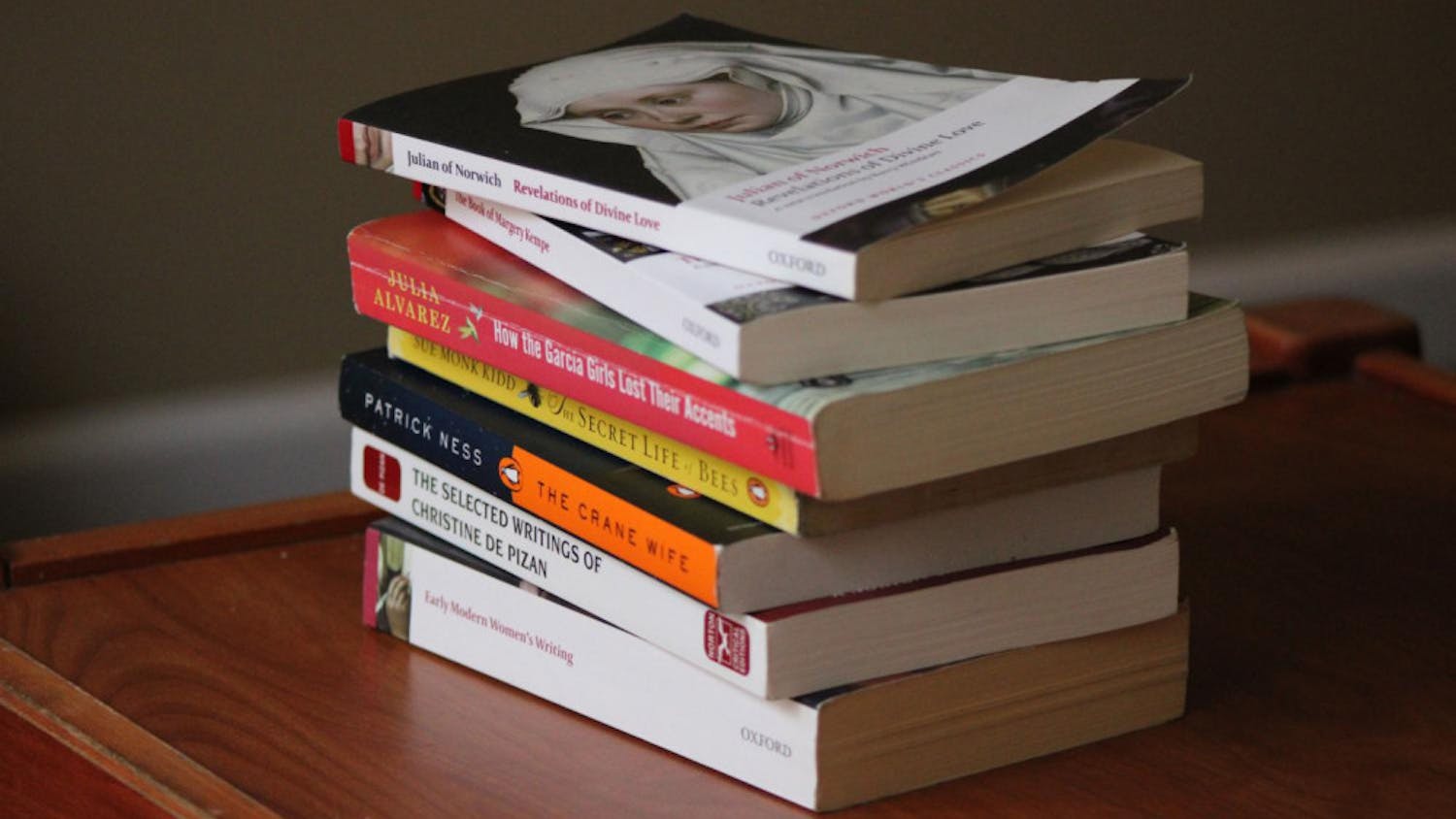

The government shutdown has constricted the access to many historical sites. However, thanks to their non-profit distinction, Macon's Hay House is still open for tours and events. Located on 934 Georgia Avenue, the Hay House is a popular destination for tourists both in the Macon area and abroad. Many European visitors tour the house in search of American Civil War history, and Georgia residents like to tour the home to reminisce about the days when the Ocmulgee River could be seen from the house's balcony. The Hay House is recognized for its beauty and rich history.
William Butler Johnston began his life as a farm boy in the south. Mr. Johnston apprenticed in New York as a jeweler, and founded his company in Macon. Johnston began investing in industries such as railroads, real estate, and banking. His investments, though not in the typical cotton industry, proved to be quite profitable and allowed Johnston to build the mansion and retire at age forty. Anne Clark Tracy became Johnston's wife in 1851 and the couple honeymooned in Europe for the next three years. Anne and William would draw many of their ideas for their future home and its furnishings from the Italian architectural styles which they observed during their vacation. The Johnstons completed the house in 1859, lived with their daughters in the home. During the war, Johnston held one of the offices of Treasurer for the Confederacy.
Sometimes called the "Palace of the South," the mansion during the Johnstons' ownership was known for having design element ahead of its time. Indoor plumbing, hot and cold water, and a French lift system were a display of wealth and progressiveness in the home. A speaker tube system was used throughout the house to call for the servants' assistance. One could simply blow into the tube in their bedroom and a flag on the other end of the tube would signal to the servant which room to go to in order to help. The ventilation system helped to lessen the intensity of the blistering summer heat. Beginning in the wine cellar located below the mansion's front stairs, the rooms were designed to vent the heat from the floors below by expelling the hot air to the next floor above to eventually be released at the top of the home. The ownership of Johnston's home was exchanged to William H. Felton in 1888 when he married one of the Johnston's daughters, Mary Ellen.
Electricity was also added to the home during the Felton period, as well as various remodelings to the rooms. The Felton period at the Hay House was known for its extravagant parties. William Felton was a Law professor at Mercer, and both he and Mrs. Mary Ellen Felton stressed the importance of education to their daughter. Miss Felton chose to not stay in the house after the death of her parents in 1926, and decided to sell the house to Mr. Parks Lee Hay.
Hay was the founder of an insurance company and was also a man of great wealth. Substantial changes were made to update the rooms to a more modern style during his ownership of the home. Following the passing of Mr. and Mrs. Hay, their daughters sought to create the P.L. Hays Foundation in 1962. The women ran the home as a private museum until 1977 when the Georgia Trust for Historic Preservation gained ownership of the Hay House. The Georgia Trust for Historic Preservation still owns and manages the home as a museum today.
The Hay House has unique architectural features, artwork, and furniture that speak to the wealth of its owners. A notable piece taken as a souvenir from the Johnston's honeymoon is the "Ruth Gleaning" sculpture housed in the room called the "Art Gallery." Ruth was a source of great pride for the Johnstons and the family even placed the statue her own viewing room. While the statue has been removed from the viewing room to make it easier for guests to observe, the Macon Ruth is known to be the second of Randolph Rogers's collection of fourteen "Ruth Gleaning" statues located in the United States. Mrs. Hay's circular bridge table, found on the main floor of the house, is decorated with portraits of the ladies of Louis 16th's court presented in the shape of a guillotine. A single touch of the Civil War era is apparent in the home's decor, too. Barred windows to the food pantry on the first floor sought to keep out foraging, hungry soldiers.
Symmetry was an important concept in the construction of the Hay House. While only three of the house's chimneys actually have a functional purpose, a fourth chimney was added in order to make an even number and keep a balanced look. In the dining room, curved pocket doors on the far end of the room emulate the curved shape of windows on the opposite end of the room. Windows in the music room are all created to look identical, even though some of the windows are actually interior windows, called clerestory windows. Geometric shapes are prominent throughout the house.
In order to uncover and preserve the original floorings and paint colors of the Hay House, renovations and architectural analyses have been performed throughout the house. Renovations to the third floor are expected to take place in November. The dining room was restored in 2011 to reflect the Johnston family period. The most recent restoration took place in the Green Parlor. Johnathan Poston, the Georgia Trust Sr. Director of Properties and Hay House Director, said that it takes a year or longer for researchers to perform architectural and paint analyses.
Poston and Brittany Crosby, Curator of Education at the Hay House, were excited about the upcoming Christmas season at the Hay House. This year's theme is "A Century of Christmas 1860-1962." Luncheons will be held during December that will be open to the public and featuring local, middle school musicians as entertainment. A Christmas gala on December 18 is a formal event at which Theatre Macon will perform. Christmas Express hopes to draw children and families to the Hay House for kid-friendly holiday activities.
Mercer students are encouraged to volunteer or work at the Hay House, assisting with weddings and special events or giving daily tours. The tours of the lower levels of the Hay House are offered Monday-Saturday from 10am until 4pm and Sunday from 1pm until 4pm. Student ticket discounts are available with a valid school ID. The special, Behind the Scenes Tours to see all seven levels of the house are offered this month on October 20 and again in November and December.
Crosby, a Mercer graduate, says that the Hay House is an important piece of Macon because the families who lived in the house contributed to the Macon community. For Mercer students, the Hay House, believes Crosby, is a way to be more involved in academic life by physically observing the worlds of history and non-profits. The more we research history, the more we can piece together stories about the people and places of the past. "There is always something new to discover, " states Crosby.
Macon's 'Palace of the South'





